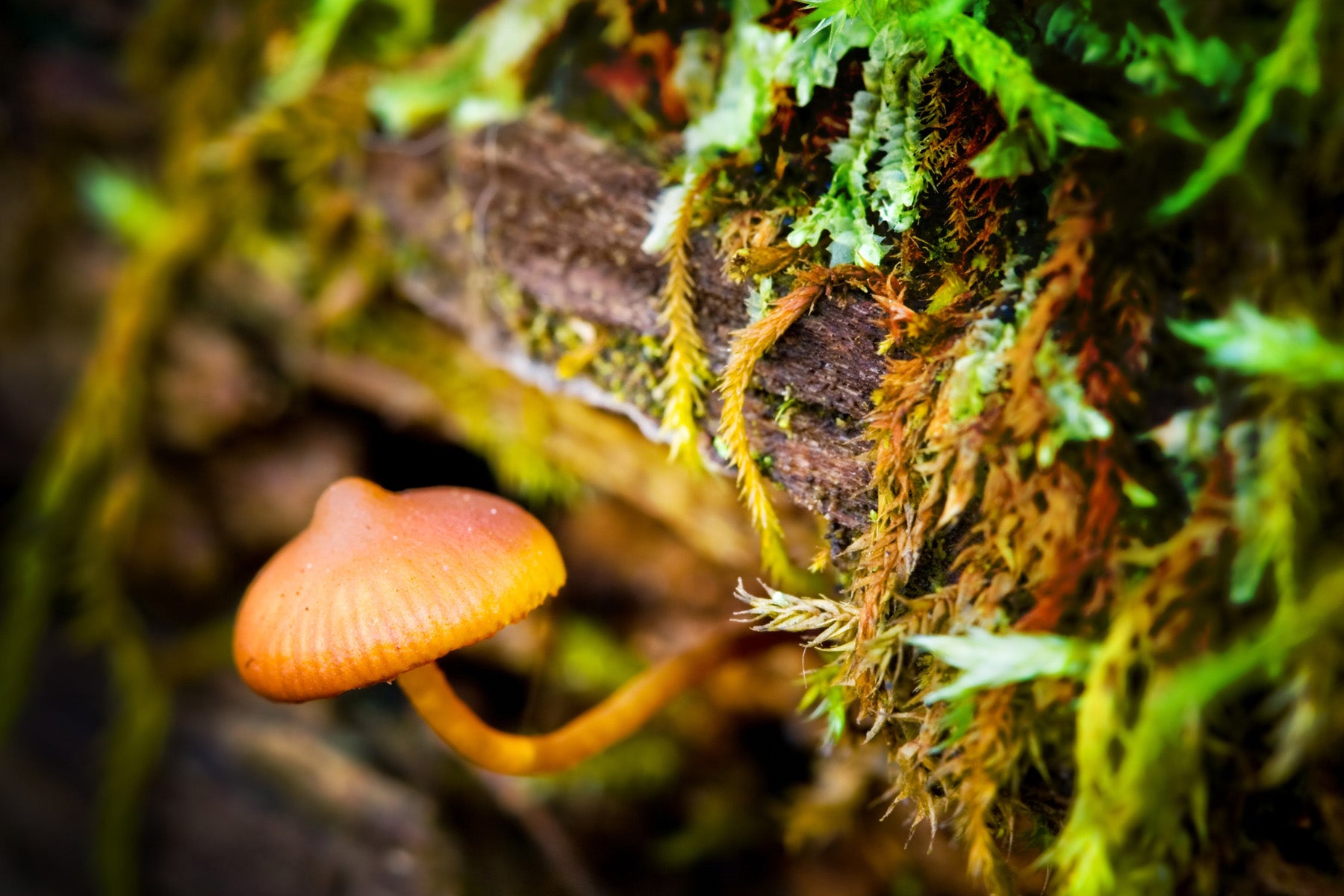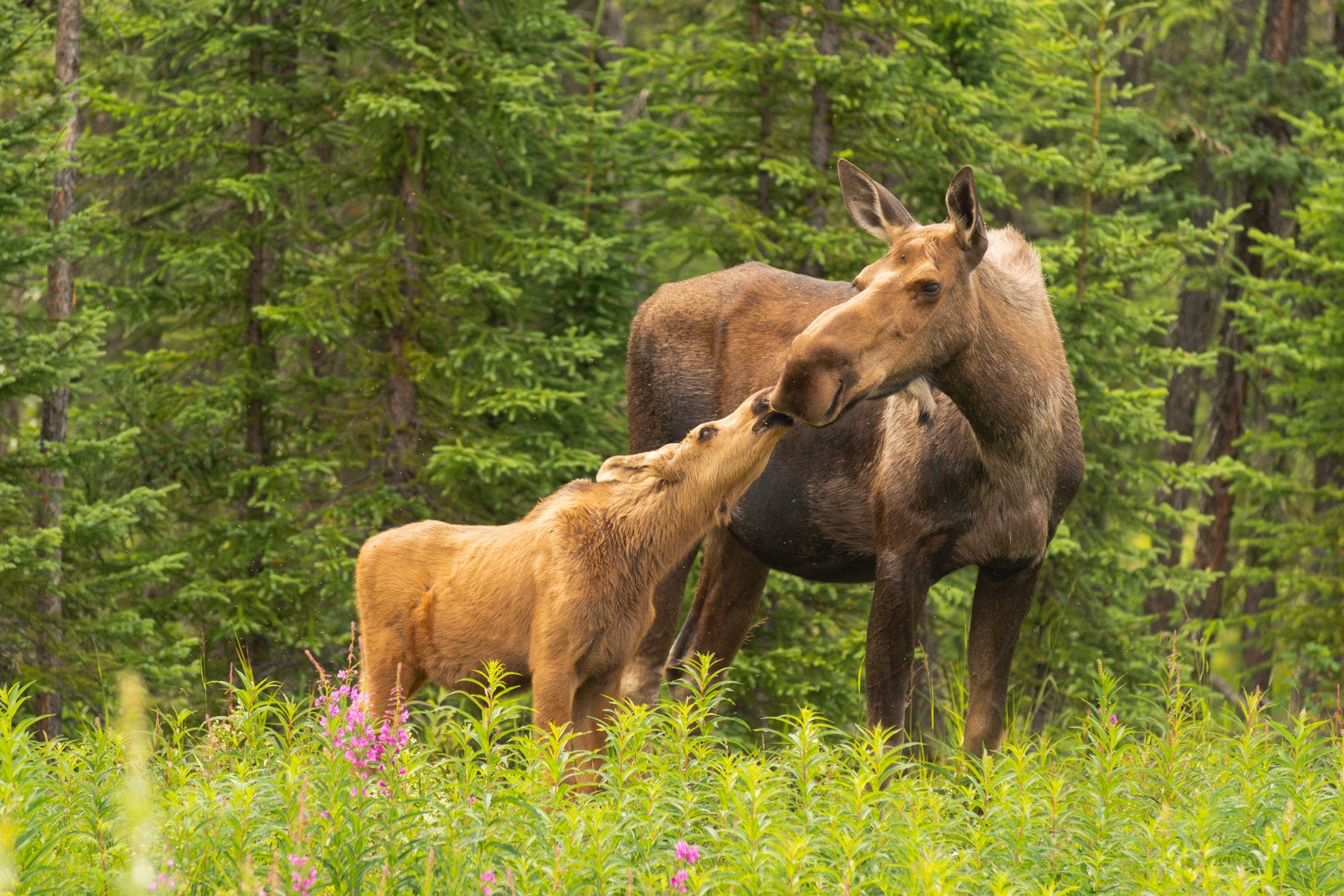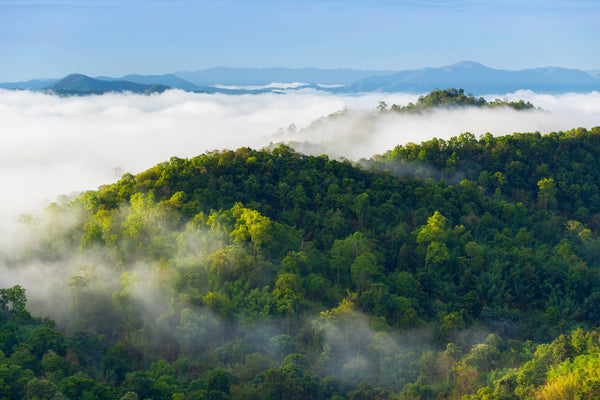More than Just a Collection of Trees
You may be familiar with the temperate deciduous forests that dominate the northern hemisphere, or the breathtakingly diverse tropical rainforest ecosystems, which collectively house more than 50% of all plants and animals that are found on land. Wherever you live and whatever forests you interact with, the importance of forest ecosystems is undeniable.
But what is a forest?
The most basic forest definition is an area of land where trees are the dominant life form. But of course, there is a lot more to it than that. Forests are complex, layered ecosystems that encompass a stunning range of species of flora and fauna.

Trees famously grow in vastly different climatic and landscape conditions, sometimes setting down roots in the unlikeliest of places. The kind of soil, plant, and animal life that can live in a forest is molded by these environmental influences. But that said, trees can’t grow just anywhere. There are two basic parameters that are necessary for forests to occur:
- The temperature must be above 10 °C (50 °F) during the warmest months of the year,
- Precipitation needs to be greater than 200 mm (8 inches) per year.
How forests grow and develop is also influenced by factors including soil conditions such as depth and fertility, and the amount of annual rainfall — and, therefore, the amount of water that is available from the canopy down to the understory.
Most experts agree that, broadly speaking, there are three types of forests: tropical rainforests, temperate forests, and boreal forests. WIthin these types are several subcategories that are based on seasonal rainfall, unique species composition, and more. Each type of forest plays a uniquely important role in our planetary health.
Within these types of forests exist different types of trees. In 1825, the Scottish botanist Robert Brown first distinguished gymnosperms from angiosperms. Angiosperms have seeds that are enclosed within an ovary, while gymnosperms have no flowers or fruits, and have unenclosed or “naked” seeds that sit on the surface of their scales or leaves.

The wildlife species that call forests home have specialized adapations to help them thrive, including powerful hearing, and the ability to safely navigate a vertical environment. Because food sources (other than ground plants) is often scarce in forests, many ground-dwelling animals use them primarily for shelter, venturing to different ecosystems to fulfill their other needs.
As powerful and biodiverse as our world’s forests are, they are profoundly threatened by deforestation and degradation. We’re working around the world to restore and recover these vital ecosystems for the generations that come after us. Want to join us? Plant a tree today!
